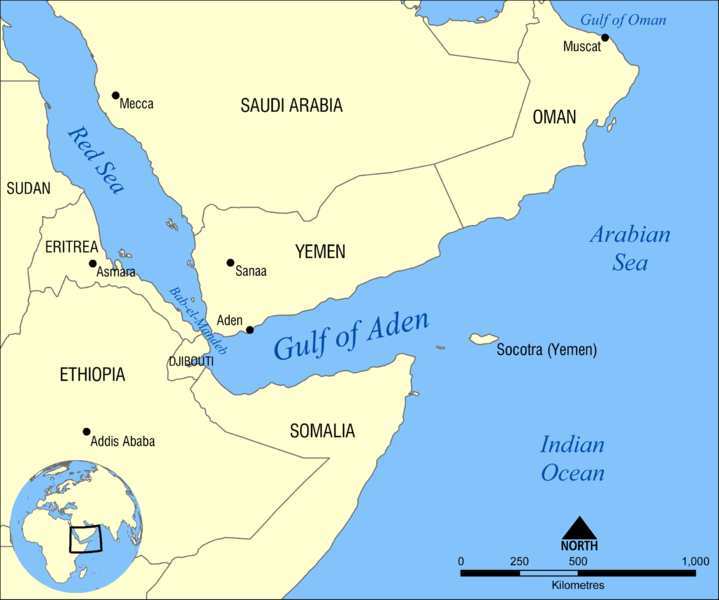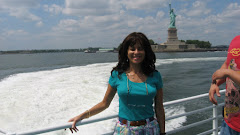
 |
| The Geat Bitter Lake |
I had the good fortune of transiting both the Suez Canal
(Nov 2012) and the Panama Canal (Dec 2012) this year. Although both engineering marvels were
championed by the same French mastermind and financier, Ferdinand de Lesseps,
the similarities between the two projects end here. The Suez Canal was pretty straightforward:
remove enormous amounts of sand after digging a big ditch in the middle of the
dessert that unites two seas at the same water level. No lock system was needed. On the other hand, the Panama Canal project’s
complexity offered numerous mishaps and obstacles including impenetrable
mountainous terrain; monsoon rains that produced damaging landslides; unstable
rock formations; swarms of deadly disease-carrying mosquitoes (yellow fever and
malaria killed thousands); inadequate equipment; and the wild, unruly,
overflowing, poisonous snake-ridden Chagres river. Furthermore, because of uneven water levels
between the Pacific and Atlantic oceans, the Panama Canal required construction
of 3 complex sets of locks that operate as water lifts to elevate ships 3 feet
above sea level to the level of the Gatun Lake, in their transit of the continental
Divide, then, lower them back down to sea level on the opposite side of the
isthmus.
While De Lesseps’ role was helpful in the Middle East
campaign, his grandiosity, resistance to dissent, and unwillingness to adapt to
the vastly different elements in the Caribbean, led to dwindling and
insufficient funding, which hindered the Central-American project. Two decades later, the US government salvaged the
work of the failed De Lesseps team and resumed construction with a new
blueprint.
The Suez Canal Brief
Overview
Opened in 1969, to vessels of all nations-during peace and
war time-this engineering feat took 10 years, I million workers, and cost $100
million to complete. It saves two weeks
of travel for 20,000 vessels that transit annually, producing $4.5 billion in
revenue to Egypt.
- There are 3-4 convoys of ships transiting, daily (southern and northern).
- Our ship led an 18-vessel convoy of ships on the early southern route. We entered the canal Sunday at midnight and headed south at 1 AM. When we awakened we were anchored along with all the other ships in the Bitter Lake to allow the northern bound caravan to pass. There are only four places where convoys may pass one another.
- The canal is built only to allow ships to travel in a single, narrow lane because on a windy day, two ships would crash into one another. The Great Bitter Lake, a salt water lake between the north and south part of the Suez Canal, serves as a “holding pen” where ships line up to pass each other in the Suez Canal before proceeding to either Port Said to the north, or the port of Suez to the south. The lake also provides an intermediate harbor for ships traversing the Canal.
·
A transit typically takes 14 hours end to
end.
·
Cruise ships have high priority because they pay
higher fees.
·
The average cost to transit the Suez Canal is
$260,000 per ship.
·
The Suez Canal contributes $4.5 billion in
revenue annually to Egypt.
·
Shipping is Egypt's most important industry.
·
Both sides are green at the entrance and exit
points.
·
At 10:30AM, our onboard lecturer, Emile Baladi, pointed out various points along the way.
·
The ride was slow and steady. As we passed villages, residents waved hello
to us.
·
A train runs alongside the Suez Canal and
carries cargo that exceeds the weight limit on cargo vessels.
·
As we head south, we see fertile land to the
west and desert to the east.
·
It was a really cool experience to transit the
historic Suez Canal that carries 8% of shipments worldwide.
·
Importantly, the Suez Canal serves as the
leading source of revenue for Egypt. We learned that because pirates have been
invading cargo ships in the Gulf of Aden, it has become common practice for
certain shipping lines to avoid the Suez Canal altogether-and go around the
Cape of Good Hope in Africa- to avoid these vicious pirate attacks. Many insurance companies will not ensure
cargo ships that transit the Gulf of Aden after cruising the Suez Canal. There is at least 30% less traffic thru the
Suez Canal.
Gulf of Aden Passage

The note also notified us of sunset to sunrise curfews and
restrictions they would impose for our 5-day Gulf of Aden transit as follows:
Lookouts were in place on open decks.
Open decks were closed to all passengers from sunset till
sunrise. (The line had to develop
contingency plans for smokers who smoke outside with lighted cigarettes).
All external lights were turned off.
Guests with balcony rooms had to close doors and curtains
In the unlikely event that we encountered pirates, we were
given a code word and after hearing it, we would have to move into interior
corridors and hallways, towards the center of the ship.
Although the safety precautions taken by the cruise line were annoying, we trusted their judgment and we felt safe.














.jpg)
.jpg)




No comments:
Post a Comment